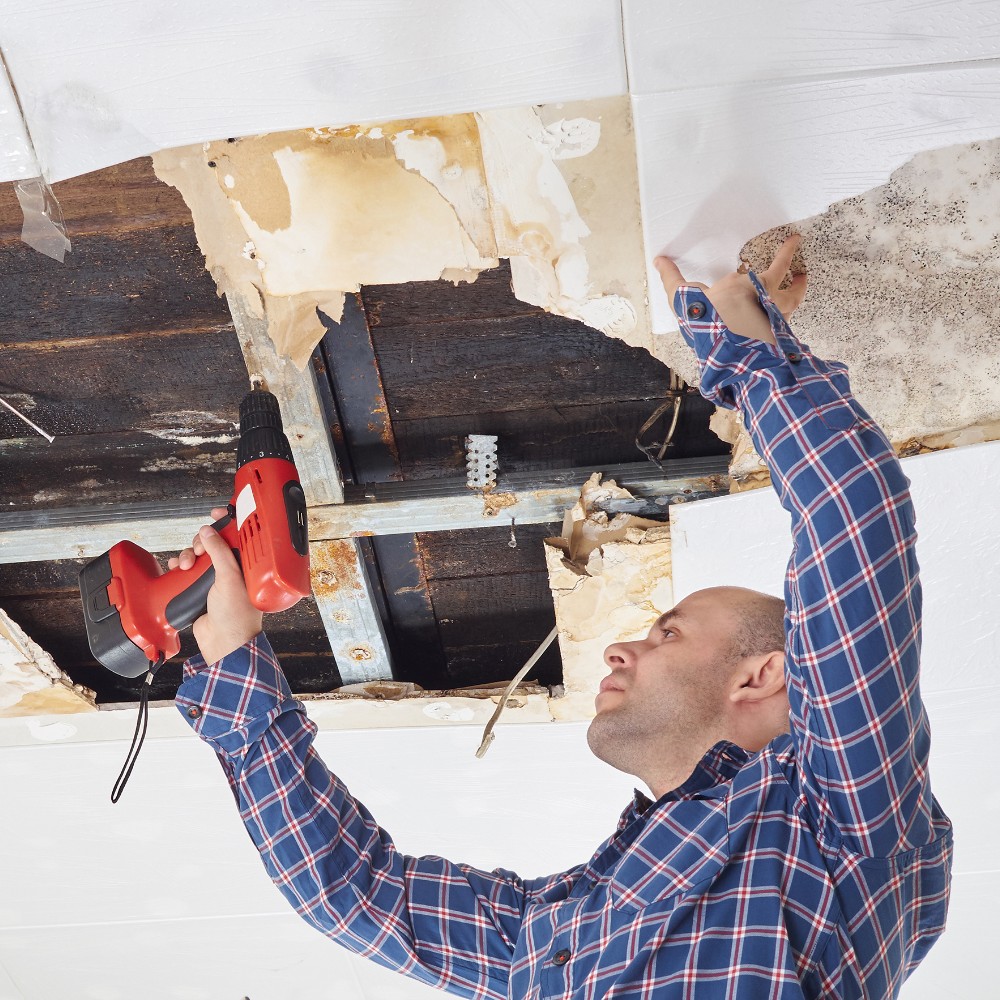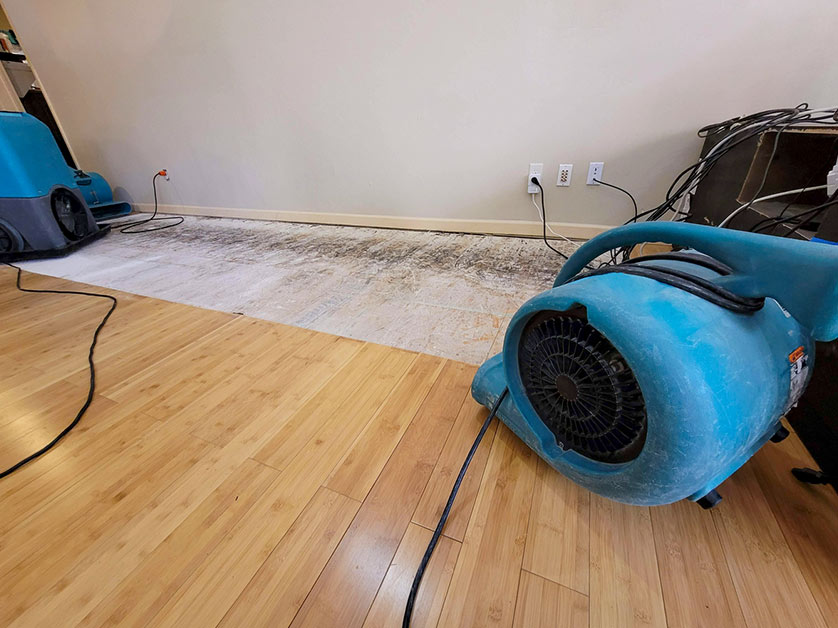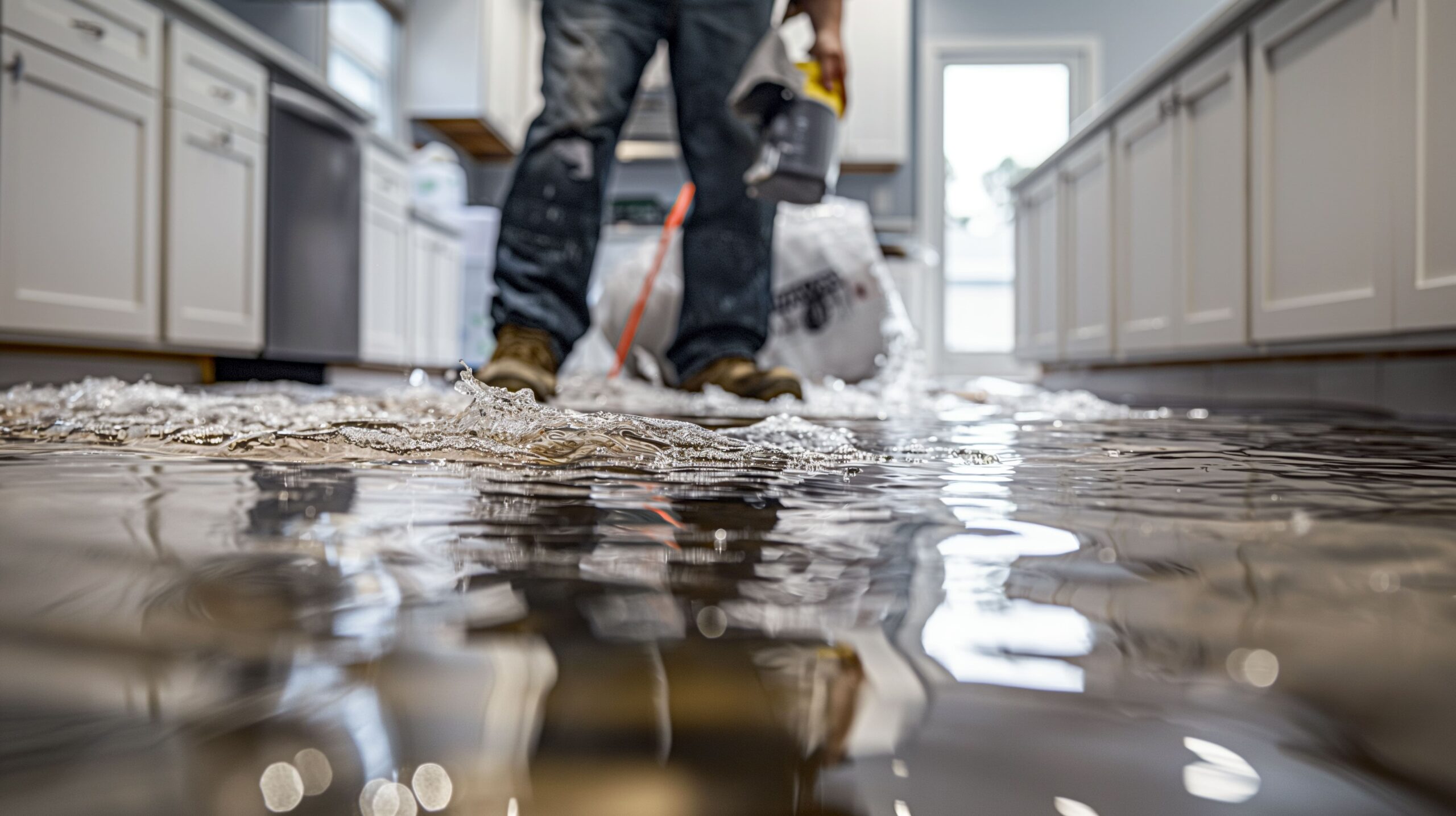Why fast response times make or break Water Damage Restoration outcomes
Water Damage Restoration 101: Recognizing the Process and Expense
Water damage can strike all of a sudden, leaving house owners in a state of complication. Comprehending the reconstruction procedure is necessary for effective recovery. From evaluating the damage to selecting the ideal company, each action affects the total end result and cost. Factors such as the kind of water damage and urgency additionally play a substantial role. What are the particular strategies used in remediation, and how can one get ready for possible expenses?
Kinds of Water Damage
Water damage can occur from various sources, each offering unique obstacles for repair. The 3 main sorts of water damage are categorized based upon contamination degrees: tidy water, grey water, and black water. Clean water originates from resources like damaged pipes or rain, positioning minimal health and wellness threats. Gray water, which consists of wastewater from sinks or cleaning equipments, contains contaminants that might trigger discomfort or illness if ingested. Black water, the most unsafe classification, comes from sewage or floodwaters, containing unsafe bacteria and microorganisms. Each kind demands details restoration methods and safety actions to properly deal with the damage and minimize wellness dangers. Comprehending these distinctions is crucial for property owners and experts involved in the water damage reconstruction process.
First Analysis and Examination
A thorough first analysis and inspection are important action in the water damage restoration procedure. This stage starts with a professional evaluating the extent of the damage, recognizing the resource of the water intrusion, and determining the kind of water involved - Water Damage Restoration. Technicians make use of customized tools to determine moisture levels in different materials, such as walls, floors, and furnishings. Furthermore, they assess architectural honesty and possible health dangers, consisting of mold and mildew growth. The findings from this inspection educate the repair strategy, leading necessary actions and resource allowance. Accurate documentation of the damage is crucial for insurance coverage claims and future reference. Overall, this preliminary analysis prepares for effective restoration, making sure an in-depth action to the specific circumstance at hand

Water Extraction Methods
Following the initial analysis, efficient water extraction techniques are employed to mitigate damage and stop additional issues. These methods entail making use of specific devices such as industrial-grade vacuum cleaners and submersible pumps. The option of approach relies on the quantity of water present and the kind of products affected. For standing water, submersible pumps are normally used for quick elimination, while vacuum cleaners are excellent for drawing out water from carpetings and upholstery. Additionally, advanced methods like water extraction floor coverings may be utilized for hard-to-reach locations. The goal is to remove as much water as possible, minimizing the potential for mold and mildew development and structural damage. Prompt and effective water removal is necessary in the general water damage repair procedure.
Drying Out and Dehumidification Process
Once the water extraction is complete, the drying out and dehumidification process becomes vital to restoring the damaged location. This stage usually employs industrial-grade dehumidifiers and air moving companies to successfully decrease wetness levels. The dehumidifiers reel in moist air, getting rid of excess moisture, while air moving companies distribute air to increase evaporation. Surveillance devices is often used to track moisture and temperature level degrees, ensuring suitable drying problems. The period of this procedure can differ relying on the level of the water damage and ecological elements. It is necessary to extensively completely dry all influenced materials, consisting of wall surfaces, floor covering, and home furnishings, to avoid mold and mildew growth and architectural damage. Proper execution of this action is crucial for an effective restoration outcome.
Cleaning Up and Disinfecting Damaged Locations

Initial Analysis and Inspection
Prior to starting any kind of restoration efforts, an extensive first analysis and examination of the affected areas are crucial for effective cleaning and sterilizing. This process involves determining the degree of water damage, figuring out the resource of the water invasion, and evaluating the materials affected. Assessors generally try to find indicators of mold and mildew growth, architectural stability issues, and harmed items. The assessment also includes examining moisture degrees using specific devices to assure no covert water pockets stay, as these can lead to more difficulties. Recording the searchings for is important for planning the next actions in the restoration procedure. A detailed first assessment makes it possible for restoration specialists to devise a targeted strategy for efficient cleansing and sterilizing, eventually lessening damage and health and wellness dangers.
Cleaning Methods and Products
Effective cleansing and sanitizing of water-damaged areas need a variety of strategies and products customized to the details products affected. For permeable surface areas like drywall and carpeting, removal techniques are necessary to remove excess wetness, complied with by deep cleansing with specialized cleaning agents. Non-porous materials such as ceramic tile or steel can be cleansed utilizing commercial-grade cleansers that efficiently remove impurities. Vapor cleaning is another reliable strategy, specifically for carpets and upholstery, as it makes use of heats to get rid of bacteria and mold. In addition, green products are increasingly preferred for their security and efficiency. Ultimately, picking the proper cleansing techniques and items not only ensures instant tidiness however also help in protecting against more damage and carcinogen related to water intrusion.
Sanitization and Disinfection Methods
When addressing water damage, proper sanitization and sanitation approaches are vital to assure the security and health of the affected setting. After initial cleaning, surfaces get redirected here must be treated with suitable disinfectants to eliminate pathogens, mold and mildew, and microorganisms that thrive in wet problems. Common methods include the usage of EPA-approved chemical disinfectants, which can be used via spraying or cleaning techniques. In addition, ultraviolet (UV) light systems can properly disinfect locations by counteracting microorganisms without severe chemicals. The choice of method often depends on the type of materials affected and the degree of contamination. Inevitably, detailed sanitization not just brings back a safe living space however also assists prevent future health and wellness threats related to sticking around dampness and mold and mildew development.

Fixings and Restoration Options

Variables Affecting Restoration Expenses
The extent of water damage directly impacts the remediation sets you back home owners can anticipate to sustain. Elements such as the resource of the water, the period of exposure, and the damaged products considerably affect rates. As an example, clean water damage from a busted pipe is generally much less expensive to recover compared to damage triggered by sewage. Additionally, the degree of contamination dictates the requirement for specialized cleaning and disposal services, even more enhancing costs. Geographic location also plays a function, as regional labor prices and availability of reconstruction solutions can differ. The necessity of the response affects prices; quicker treatments normally lead to lower overall costs by avoiding further damage. Recognizing these aspects is important for property owners when estimating restoration expenses
The 3 main types of water damage are categorized based on contamination degrees: clean water, gray water, and black water. A complete preliminary analysis and inspection are essential steps in the water damage reconstruction process. For standing water, completely submersible pumps are usually made use of for quick removal, while vacuums are perfect for extracting water from rugs and upholstery. The degree of water damage directly impacts the repair sets you back home owners can anticipate to incur. Tidy water damage from a broken pipeline is generally much less expensive to restore compared to damage caused by sewer.